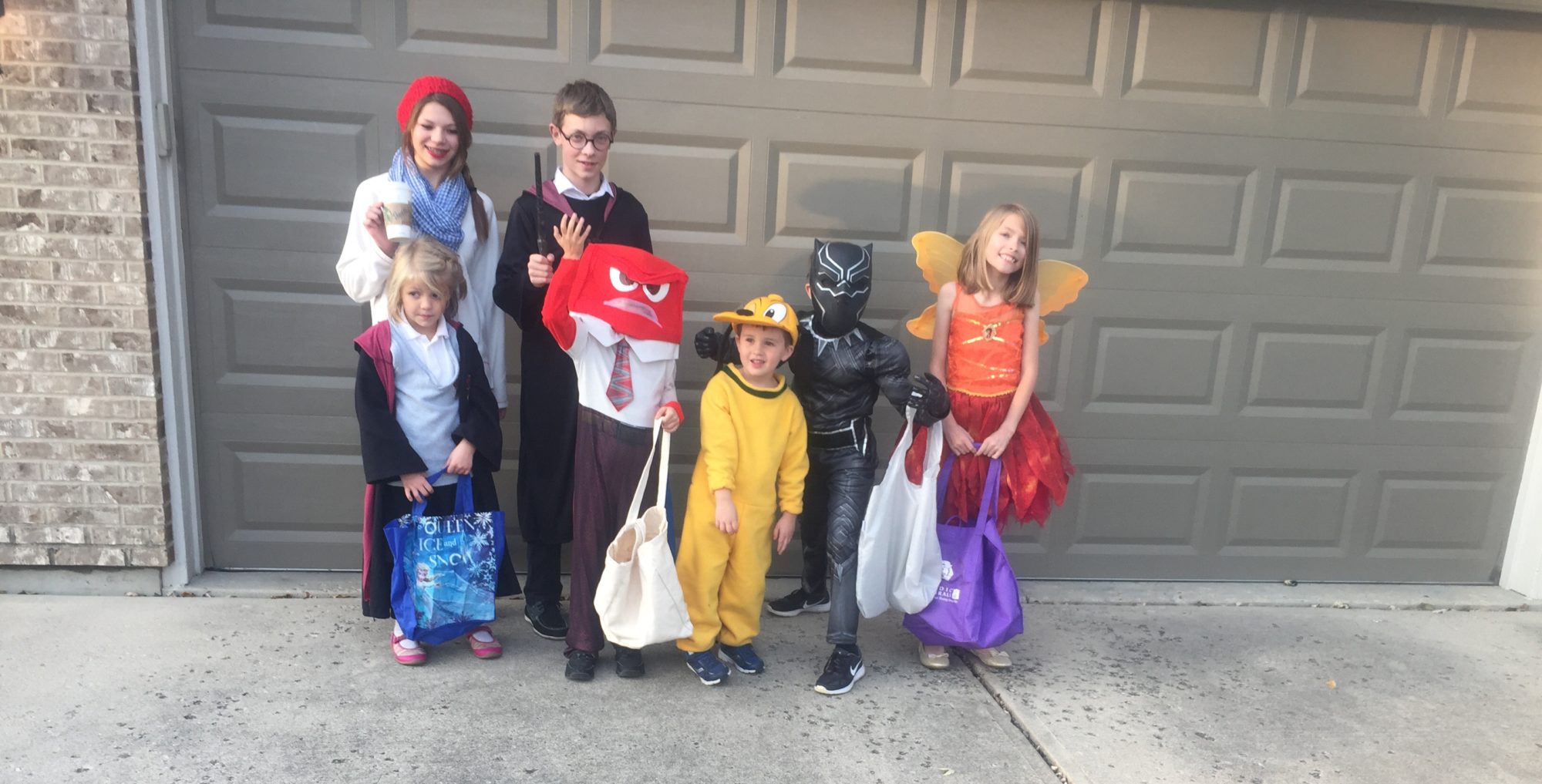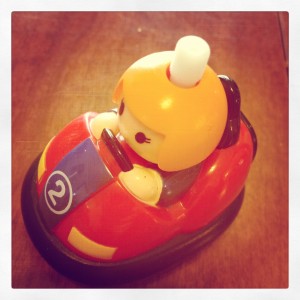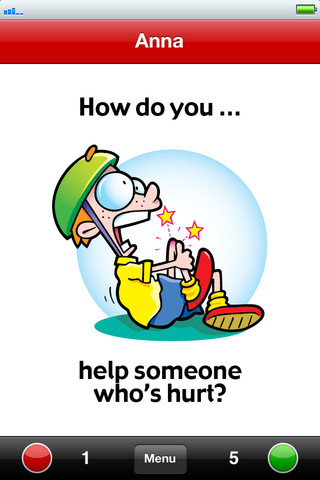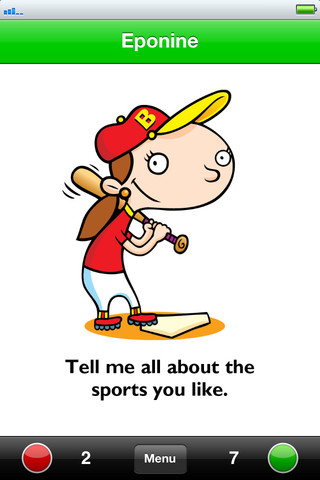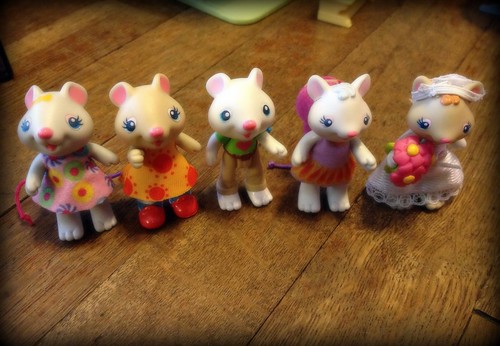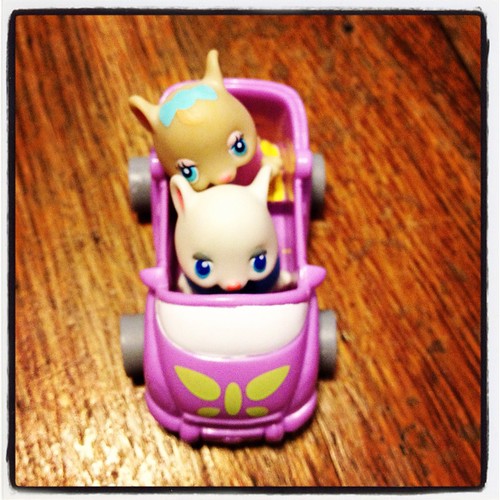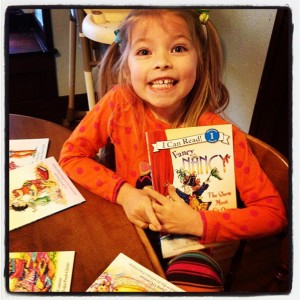
A couple of weeks ago Quaker asked me to tell you about an “at-last” accomplishment, something I’d worked on that was worth the time and effort, and I did. And also gave away some cash from Quaker as well, in celebration of the fact that they FINALLY started making Quaker oatmeal cookies! That first accomplishment I wrote about, working on our “Fun Room” in our house, was easy for me to think of and write about. But when it came time to write a second post on the topic, I faltered. Nothing monumental came to mind. And then…it hit me. We did have a major accomplishment in this house last month.
Something happened in February that I’d been waiting on for about 18 months. Waiting, anticipating, dreading, fearing, hoping, worrying…and then it snuck up on me, when it was time. All of a sudden it was upon us and it was easy, it was over, it was done – no big deal. And yet a very huge deal. When it happened I just wanted to kind of keep it to myself and cherish it for awhile. I needed to sort it out and contemplate how I was feeling about it. But now I’m ready to tell you.
Last month, I registered Sophie for kindergarten.
“Regular” kindergarten. “Normal” kindergarten. “Mainstream” kindergarten. Whatever you want to call it, the thing is, when we set out to help Sophie bulldoze her developmental delays, our main goal was to catch her up to her age group so that she could attend regular kindergarten. And I am proud to say, that goal was accomplished! Sophie will not be in “special ed” next year. She has met her goals on her IEP and she’s done with therapy at school as well as privately. She is now “typically developing”. Little Miss Typical, I like to call her. Although academically she is actually testing “advanced”. (Hey, I have to brag a LITTLE!)
I always knew she could do it, in my heart I knew. But when we first started this journey, the “what-ifs” were terrifying at times.
So this accomplishment, this meeting of our goals is a relief, and a quiet triumph – after all, kindergarten in general is a bittersweet thing! But in it’s quietness, it’s HUGE, monumental, amazing, and joyful. And I am so, so grateful for it. When August rolls around and Sophie heads off to kindergarten with her peers in her cute little uniform, I’m sure I’ll have some tears to shed. But right now I am just grinning from ear to ear, enjoying the fruits of our work together, and enjoying my time with her before she marches off to full-day school. My little girl. I can’t wait to see what we accomplish together next!
_____________________________
This post was sponsored by Quaker who asked me to tell you about something I accomplished that was worth all the time and hard work, like their “at-last” accomplishment – finally making delicious Oatmeal cookies after 14o years! Stay tuned to the Quaker Cookies Facebook tab for yummy free sample offers coming soon!
